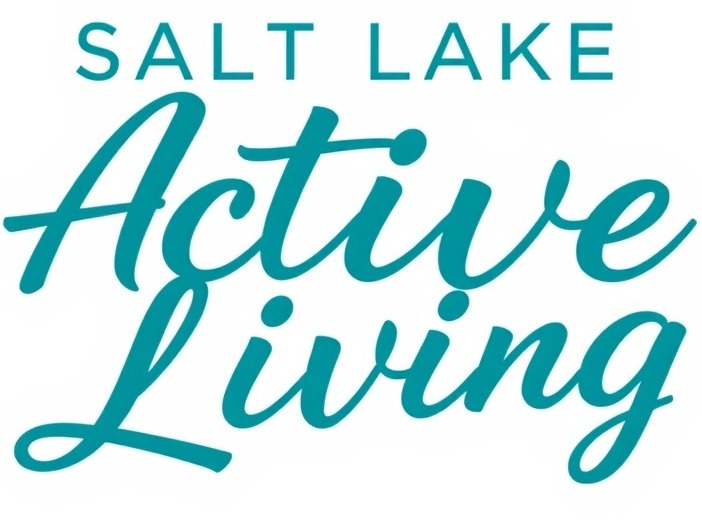
Understanding Muscle Loss in Aging
As we age, muscle loss becomes a common concern. This physiological phenomenon, known as sarcopenia, affects everyone differently and can significantly impact an older adult's mobility, strength, and independence. Aging leads to a decline in the body's ability to produce new muscle, often exacerbated by decreased physical activity and changes in diet.
Creatine: A Potential Lifesaver for Older Adults
One simple and effective way to combat muscle loss is through the inclusion of creatine in our diets. A compound that our body naturally produces, creatine is vital for energy production in our muscles and brain. As highlighted by recent research, supplementing with creatine could play a key role in helping older adults regain and maintain muscle mass, even if heavy training is not part of their routine.
Creatine works as an energy reserve for muscles and the brain by replenishing ATP — the energy currency of our cells. When you think about energy levels plummeting, creatine acts as a backup power switch, giving your body that necessary boost to combat fatigue, especially during physical activity.
The Decline of Natural Creatine Production
With increasing age, our bodies struggle to synthesize adequate amounts of creatine. By the time individuals reach their 60s and 70s, many experience significantly lower levels of this vital compound. This reduction can lead to lower energy levels, decreased muscle mass, and overall reduced cognitive function. It's important for Salt Lake City residents, particularly seniors, to recognize the signs of aging and proactively manage their wellness.
Biodiversity in Diet: Are You Getting Enough Creatine?
While it is possible to obtain creatine from dietary sources such as red meats and fish (like salmon and herring), many seniors might not consume sufficient quantities of these foods. Factors such as changing appetites, digestive issues, and heart health concerns often lead older adults to limit their intake of red meat. This dietary shift poses a challenge, particularly for those who adopt plant-based diets, as most plant foods lack creatine.
Creatine Supplements: A Simple Solution
This is where creatine supplementation becomes beneficial. Unlike complex medications, creatine supplements are straightforward powders that can easily integrate into daily routines. Users simply mix the powder into their drinks—whether that be coffee or a smoothie—enabling them to support their personal health without drastic lifestyle alterations.
Dosing: What's Right for You?
Generally, a daily intake of 3 to 5 grams of creatine monohydrate is adequate for most people. For seniors looking to jump-start their creatine levels, a loading dose of 20 to 25 grams per day for a week could help saturate their muscles, followed by a maintenance phase of the standard daily dose. This simple routine can make a huge difference in combating muscle loss and enhancing strength.
Additional Benefits Beyond Muscle
Beyond muscle reconstruction, creatine may also offer cognitive enhancements. Studies indicate that increased creatine levels in the brain can improve memory and overall mental performance. For those concerned about both physical and mental health, creatine supplementation may prove to be a two-fold benefit.
Bridge Your Knowledge to Wellness
For residents of Salt Lake City interested in optimizing their health, focusing on muscle and brain function is essential. Embracing creatine as part of your wellness routine could be a straightforward yet powerful change. With proper supplementation and a healthy diet fortified with sufficient nutrition, seniors can retain their strength, energy, and overall well-being.
This shift is not only vital for individual health but also enhances community well-being by fostering an active and engaged population. If you're curious about how to incorporate creatine into your diet safely, consult with a healthcare professional to ensure it aligns with your personal health needs.
 Add Row
Add Row  Add
Add 




Write A Comment